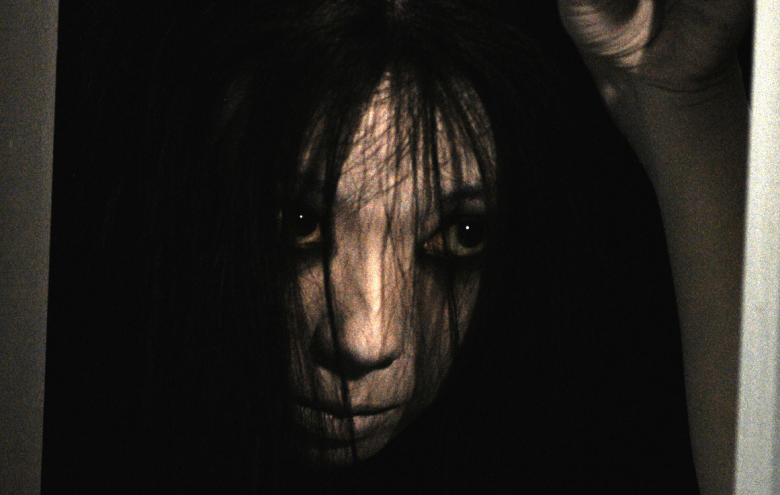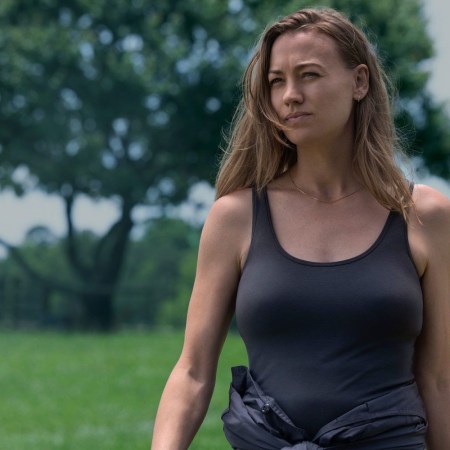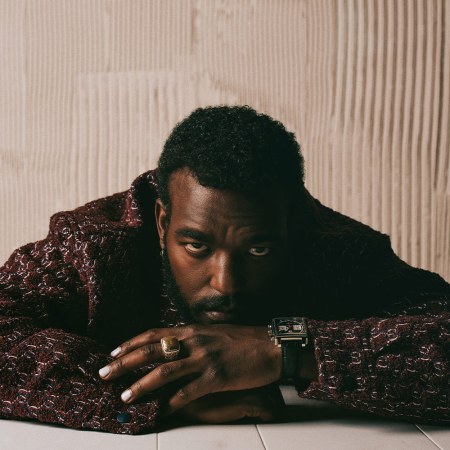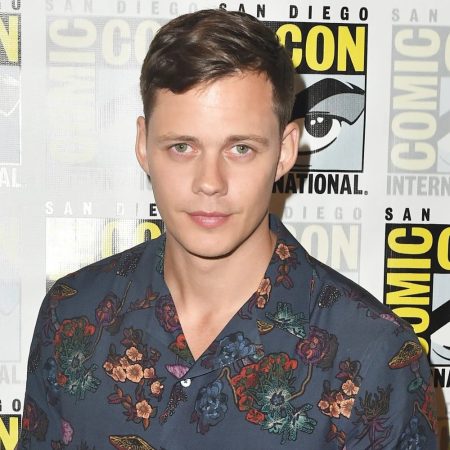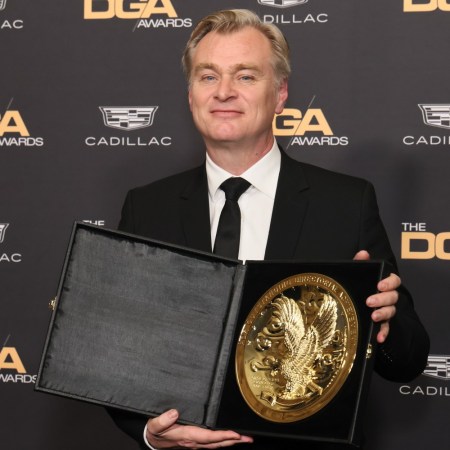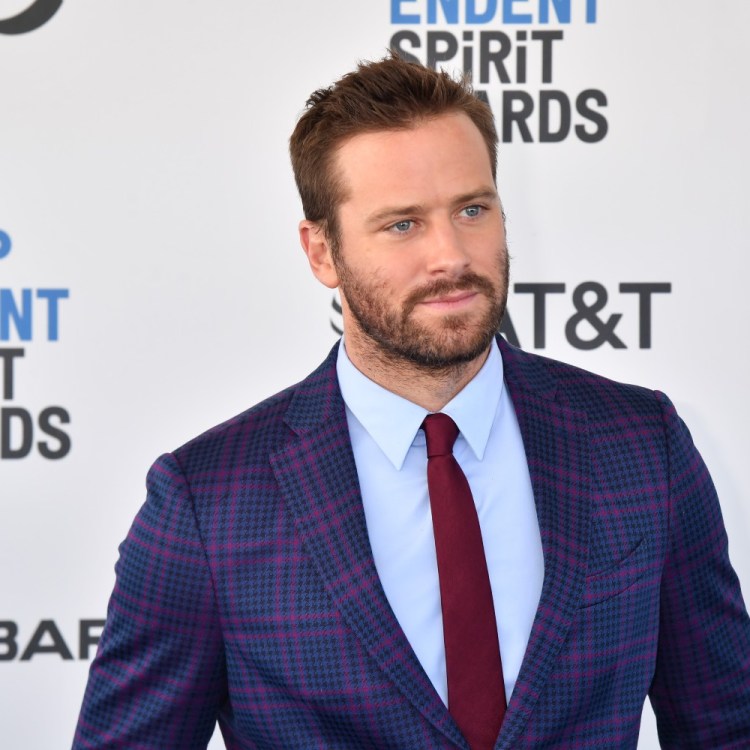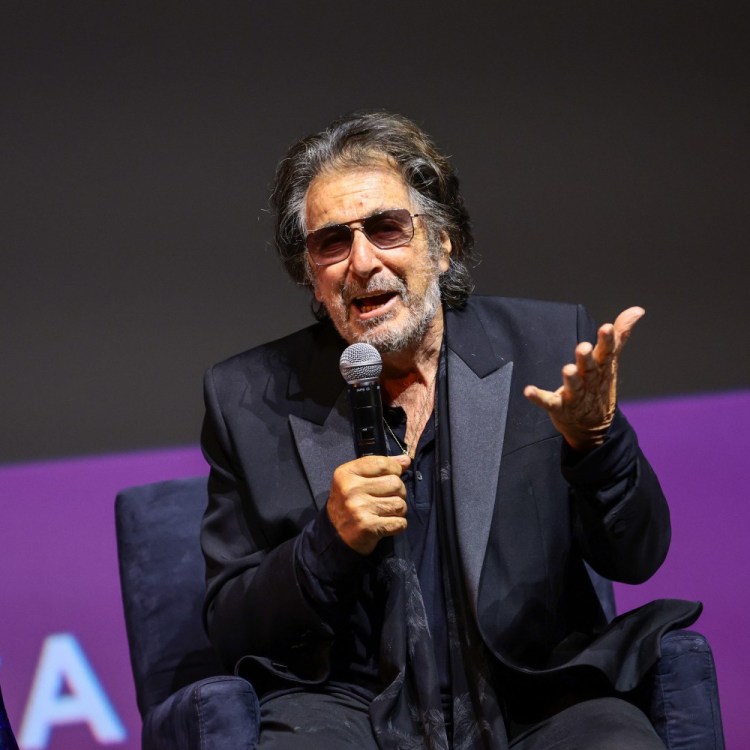“We used to have faces,” scowls faded screen queen Norma Desmond in Sunset Blvd., a lament over a perceived era of movie stardom long since past. It’s not hard to imagine a similar grouse coming from the likes of Freddy Krueger or Jason Voorhees in 2020.
It was not so long ago that horror franchises — the lifeblood of the genre, at least as dollars and cents go — were powered by big names and the harrowingly unforgettable faces that went with them. Sequel begat sequel begat, uh, Leprechaun: Back 2 tha Hood, because audiences couldn’t pass up another chance to see some poor bastard get hacked to pieces by their favorite celebrity psychopath. In their perverse way, these were hangout movies, films that exist primarily so that viewers can spend some more time with characters they know and love, not so far removed from the likes of Richard Linklater’s Before trilogy or even the Marvel Cinematic Universe.
It was a different story for those unfortunate souls who attended the sparsely peopled screenings of Nicolas Pesce’s new remake/reboot/who-even-knows of Japanese horror classic The Grudge this past weekend. Focus-grouped to death and perceptibly tampered-with by presiding studio Sony, it confers a sad state of affairs for the once-proud cottage industry of horror franchising. We’re trying to draw on wells that have run dry, cashing in again and again on properties from which all potential has already been extracted. Bleaker still, the trailers accompanying the release teased the upcoming A Quiet Place 2, in which the alien beasties have an indistinct, anonymous presence that couldn’t be further from the slashers of yesteryear. They literally have no faces. Where have you gone, Michael Myers?
Counting the Japanese originals and direct-to-video castoffs, Pesce’s Grudge numbers the thirteenth installment in the series’ grand total, though that number requires a finer breakdown. The breakout Ju-on: The Grudge took Asian cinema aficionados by storm in 2002, part of a wave of ghostly horror exports that also included 1998’s Ringu and Kiyoshi Kurosawa’s Kairo (Pulse, as we’d say in the States) in 2001. It wasn’t long before Hollywood took notice, cranking out a Grudge remake in 2004, The Ring in 2002 and Pulse in 2006. Even at their best, these films never hit the hallucinatory highs of the forebears, and yet they’re all still respectable efforts that introduced new ideas and stylistic vocabulary to the American horror mainstream.
Fast-forward to the present, and that remains the most exciting franchising development that the genre has seen in the years since. Instead of scouring the globe for new Americanization fodder, we’ve taken to re-eating the leavings from the last feeding frenzy despite the diluted nutrients. The nu-Grudge comes on the heels of a miniature wave of attempts to make what has worked in the past work again, with minimal mind paid to what made those films work in the first place. A quick survey of the familiarly-titled carnage: 2016’s dismal Blair Witch, 2009’s regrettable Friday the 13th, 2018’s limp Halloween, 2010’s pitiful A Nightmare on Elm Street, 2017’s dull Leatherface, 2013’s passable Evil Dead and 2015’s dreadful Poltergeist. The list goes on.
It’s crucial to note that these films were not sequels but reboots, a fine distinction that makes all the difference. I look back fondly on the days when studios cranked out sequels ad infinitum to anything they thought could turn a buck, driving Freddy and Pinhead into eight- or nine-picture engagements. The studios ginned up increasingly fanciful scenarios into which they could stick their marquee ghouls; Jason took Manhattan and jumped into the future, the Cenobites went to space and turned meta, et cetera. Even when these films scraped the bottom of the barrel on their way to the dollar bin, there was a devil-may-care fun to be had in watching how cheap, strange, and blissfully dumb they were willing to go. The plague of reboots abandons this schematic in its constant back-to-one resetting, endlessly cycling through the same origin stories and other mythos.
Moreover, on the rare occasion that a new release film spawns its own series instead of glomming onto one, the constant is now the scenario instead of the baddie put into it. Paranormal Activity, A Quiet Place, Cloverfield and The Conjuring have all revolved around circumstance, tracking the human players subjected to the supernatural menace formerly occupying the headlining position. Paranormal Activity and A Quiet Place hinge on gimmickry of found footage or longform silence instead of a returning villain, and attach themselves to the first-person operator of the camera in the first instance and the survivor portrayed by Emily Blunt in the other.
The increasingly awful Cloverfield films link up in only the loosest sense, united by the presence of a fleetingly glimpsed alien creature (not even the same creature — or the same species!) that often gives the impression of having been stuck into an otherwise unrelated script. The Conjuring tried to sell itself as a franchise in the older mode with the demon-led spinoffs Annabelle and The Nun, but they faltered due to the central support beam of the series being the spirit-hunters played by Patrick Wilson and Vera Farmiga.
The exception that proves the rule would be Saw, which feels like a ‘90s throwback in its focus on the star quality of the fearsome Jigsaw and his constant innovation of gruesome new trap-machines. Trend-watchers rightly place the films in the ‘00s zeitgeist, smack dab in the sadistic “torture porn” subgenre that bloomed at the time, but the approach to creative brand management and the give-the-people-what-they-want ethos both come right from the slasher school of thought.
The issues of industry drift — from sequels to reboots, from iconic killing machines to unseen non-presences — come to bear in The Grudge, the possible nadir of this recent arc. Rumors of conflict between director Pesce (who was responsible for Piercing, one of the best under-the-radar films of last year) and the higher-ups at Sony have dogged the release, which was scuttled from a prime summer release slot in 2019 to the ignominious post-holiday lull of January. Even so, no amount of studio meddling can obscure the foundational fault line running through the film: as a reboot, it simultaneously presumes the audience’s familiarity and affinity for The Grudge movies while treating us as if we need grudgings spoon-fed via unceasing explanations. In its attempts to lure returning viewers without alienating newcomers, it fails in both pursuits.
That’s the sorry path down which the ignoble yet lovable horror franchise is presently headed. On the upside, we’ve gotten more good studio-level horror that defies replication or succession over the past few years than we’ve seen in some time, and grateful we all are for the Get Outs and the The Witches and the Midsommars. But mass-appeal studio franchise horror is its own organism, and a once-robust species approaching the endangered list. The closest thing today’s generation of young moviegoers have to a Freddy Krueger is the Babadook, and he’s too busy leading the LGBTQ rights movement to appear in a sequel. Horror itself is alive and well, moreso now than it has been for a while. But we’re suffering from a dearth of true boogeymen, the figures that loom in our shared pop-cultural nightmares. It’s the faces that stay with us.
This article was featured in the InsideHook newsletter. Sign up now.
